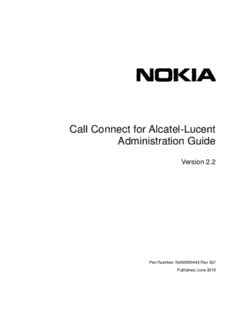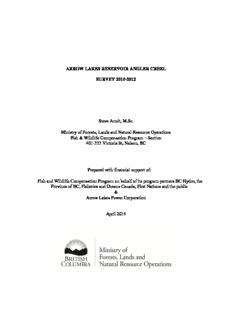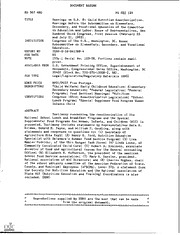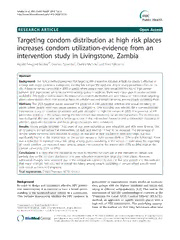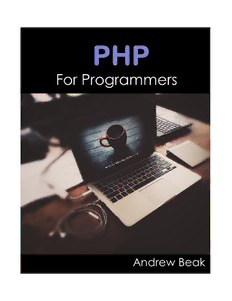
Zend PHP Certification Guide 5.5: A programmers guide to PHP PDF
Preview Zend PHP Certification Guide 5.5: A programmers guide to PHP
FOR DUCKEMS, BEASTLY, AND BRATFACE FOR WHOM I WOULD CHANGE THE WORLD IF ONLY I HAD THE SOURCE CODE 2 Contents Introduction 6 PHP Basics 7 Syntax 7 Variables 9 Constants 12 Operators 14 Control Structures 17 Namespaces 20 Errors 21 Exceptions 22 Configuration 24 Performance 25 Extensions 28 Functions 29 Arguments 29 References 31 Variable Functions 32 Returns 32 Variable Scope 33 Callables, Lambdas, and closures 33 Strings and Patterns 35 Declaring Strings 35 PHP and multibyte strings 37 Matching Strings 38 Extracting strings 40 Searching Strings 41 Replacing strings 42 Formatting Strings 43 Formatting Numbers 45 String Patterns – Regular Expressions 46 Arrays 52 Declaring and referencing arrays 52 Quirks of PHP array keys 53 Filling up arrays 53 Push, pop, shift, and unshift (oh my!) 54 Comparing Arrays 55 Iterating through arrays 58 Sorting Arrays 60 Standard PHP Library (SPL) – ArrayObject class 62 Object Orientated PHP 64 Declaring Classes and Instantiating Objects 64 Visibility or Access Modifiers 65 Instance Properties and Methods 65 Static Methods and Properties 66 Working with Objects 67 3 Constructors and Destructors 68 Inheritance 69 Interfaces 71 Exceptions 72 Reflection 74 Type Hinting 75 Class Constants 75 Late Static Binding 76 Magic (_*) Methods 78 Standard PHP Library (SPL) 80 Generators 81 Traits 82 Security 87 Configuration 87 Session Security 88 Cross-Site Scripting 90 Cross-Site Request Forgeries 90 SQL Injection 91 Remote Code Injection 92 Email Injection 93 Filter Input 93 Escape Output 94 Encryption, Hashing algorithms 95 File uploads 96 Database storage 97 Avoid publishing your password online 97 Data Formats and Types 99 XML 99 SOAP 106 REST web services 108 JSON 111 Date and Time 111 Input-Output (I/O) 116 Files 116 Reading 117 Writing 117 File System Functions 118 Streams 120 Web Features 124 Sessions 124 Starting a Session 124 Session Identifier and Session Variables 124 Logging a User Out 124 Session Handlers 125 GET and POST data 125 Encoding data into URLs 125 Passing variables by POST 127 Forms 127 The Request Superglobal 128 4 Form elements 128 Cookies 129 HTTP Headers 131 HTTP Authentication 132 HTTP Status Codes 133 Databases and SQL 134 Introduction to Databases 134 Working with SQL 136 Joins 139 Prepared Statements 140 Transactions 140 PHP Data Object (PDO) 141 5 Introduction Welcome to what I hope is an accessible reference that helps you quickly find and learn relevant facts about PHP programming. I’m writing it with the following readers in mind: 1. Intermediate PHP programmers with two or three years of experience who are hoping to sit the Zend certification exams. 2. Programmers who are proficient in another language but want a quick reference book to dive into PHP. This book is specifically not an introduction to programming and no attempt is made to introduce basic topics. It is purely a reference to learn the idiosyncrasies of PHP. Additionally it does not intend to replace the PHP manual but rather to focus the reader’s attention on aspects of PHP relevant to the Zend certification exams. It also won't make you a better programmer as I won't be discussing design patterns or programming concepts. This book just focuses on referencing the language of PHP. This document tries to avoid having an opinion about coding standards such as PSR2 but it is strongly recommended that a practicing developer learn these in parallel. Throughout this manual if a feature belongs only to a particular version of PHP I’ll use mark it in brackets. As an example this (PHP 5.6+) will mean that the feature is available only in PHP version 5.6 and above. Liberal use of footnotes linking to manual pages and other reference pages is made. This guide cannot possibly cover the full depth of the PHP manual and you cannot consider yourself prepared until you have worked through the manual pages. It is essential to follow the footnote links, read the page, and even follow some links through the PHP manual related to the topic. 6 PHP Basics Syntax PHP has its roots in C and was created by Rasmus Lerdorf to be a more accessible language to make webpages in than C. Other languages like Perl and Java have influenced the language as it developed, but the idea that PHP should have a simple syntax has remained dominant. All statements in PHP must be terminated with a semi-colon. An exception to this is if the statement happens to be the last statement before a closing tag. Coding standards would normally require you to properly terminate every statement. Whitespace has no semantic meaning in PHP. There is no need to line code up, but most coding standards enforce this to improve code readability. Whitespace may not appear in the middle of function names, variable names, or keywords. Multiple statements are allowed on a single line. Code blocks are denoted by the brace symbols { }. Inserting PHP into web pages Although PHP can be used for other purposes it is really intended to be a text processor to support web pages. Therefore the most common usage of PHP is within HTML pages. The server must be configured to recognize the PHP tags and pass the code inside them to a PHP processor. There are five ways to indicate to the server that it must include PHP. Open Close Note Standard <?php ?> Echo <?= ?> Short <? ?> Deprecated Script <script language=”php”> </script> Discouraged ASP <% %> Discouraged The last three methods of including PHP onto web-pages should not be used. The echo tag allows you to easily echo a PHP variable and the shortened tag makes your HTML document easier to read. Its usage is easiest to understand when it’s shown along with the equivalent in standard opening codes. The following two tags are identical: <?= $variable ?> <?php echo $variable ?> It is quite common in PHP programs to omit the closing tag ?> in a file. This is acceptable to the parser and is a useful way to prevent problems with new line characters appearing after the closing tag. These new line characters would be sent as output by the PHP interpreter and could interfere with the HTTP headers or cause other unintended side effects. By not closing the script in a PHP file you prevent the chance of new line characters being sent. 7 Language Constructs Language constructs are different from functions in that they are baked right into the language. Language constructs can be understood directly by the parser and do not need to be broken down. Functions, on the other hand, are mapped and simplified to a set of language constructs before they are parsed. Language constructs are not functions, and so cannot be used as a callback function. They follow rules that are different from functions when it comes to parameters and the use of parentheses. The PHP manual has a complete list1, but here are some of the constructs that you should be familiar with: Construct Used for echo Outputting a value print Outputting a string exit Outputting a message and terminating the program die This is an alias for exit return Terminates a function and returns control to the calling scope, or if called in the global scope terminates the program include Includes a file and evaluates it. A warning is generated if the file can’t be read. require Includes a file and evaluates it. If the file can’t be read then a fatal error occurs. include_once Include a file and evaluates it. Subsequent calls will not result in the file being included and evaluated multiple times. require_once As for include_once, but a fatal error instead of a warning is generated if the file can’t be read eval The argument is evaluated as PHP and affects the calling scope empty Returns a Boolean value depending on whether the variable is empty or not. Empty variables include null variables, empty strings, arrays with no elements, numeric values of 0, a string value of ‘0’, and Boolean values of false isset Returns true if the variable has been set and false otherwise. unset Clears a variable list Assign multiple variables at one time from an array Comments There are three styles to mark comments. Single line Multiline Perl style # None C style // /* Multi-line comment blocks */ API style None /** * API documentation */ 1 https://secure.php.net/manual/en/reserved.keywords.php 8 API documentation can additionally conform to external standards such as those used by the PHPDocumentor (http://www.phpdoc.org/) project. This tool examines your API style comments and automatically creates documentation for you. Variables Variable Types PHP is a loosely typed language. It is important not to think that PHP variables don’t have a type. They most definitely do, it’s just that they may change type during runtime and don’t need their type to be declared explicitly when initialized. PHP will implicitly cast the variable to the data type required for an operation. For example, if an operation requires a number, such as the addition (+) operation, then PHP will convert the operands into a numeric format. You’ll be introduced to type juggling in the “Casting variables” section and you’ll need to know the rules PHP follows when changing a variable type. For now, you just need to know that PHP variables have a type, that type can change, and although you can explicitly change the type PHP does this implicitly for you. PHP has three categories of variable – scalars, composite, and resources. A scalar variable is one which can only hold one value at a time. Composite variables can contain several values at a time. A resource variable points to something not native to PHP like a handle provided by the OS to a file or a database connection. These variables cannot be cast. Finally PHP has the null type which is used for variables that have not had a value set to them. You can also assign the null value to a variable. Scalar types There are four scalar types: Type Contains Boolean True or False Integer A signed numeric integer Float A signed numeric double or float value String An ordered collection of binary data Note that strings are not simply a list of characters and may contain binary information such as an image file that has been read from disk. Composite types In PHP 5.6 these are the only variable types that can be type hinted as parameters to a function. In PHP7 support for type hinting scalar types is added. There are two composite types: arrays and objects. Each of these has its own section in this reference. 9 Casting variables This is a very important section of understanding PHP and even very experienced developers may not be aware of some of the rules that PHP uses to cast variables. In this section I aim to highlight some of the common pitfalls and link to the manual pages where the complete rules can be found. PHP implicitly casts variables to the type required in order to perform an operation. It is also possible to explicitly cast variables using one of two options: 1. Use a casting operator 2. Use a PHP function Casting operators are used by putting the name of the data type you want to cast into in brackets before the variable name. For example: $a = ‘123’; // $a is a string $a = (int)$a; // $a is now an integer $a = (bool)$a; // $a is now Boolean and is true There are also PHP functions which will convert a variable to a datatype. These are named in way that is self- documenting: floatval, intval, strval, boolval. You can also call the settype() function on a variable which takes the desired data type as a second argument. The boolval() function was added in PHP 5.5 There are some rules that need to be remembered regarding how variables are cast in PHP. You should read through the manual2 carefully because there are many trips and traps in type juggling. Also make sure that you read the pages linked to from the type juggling page. Instead of exhaustively listing all of the rules I’ll focus on some of the rules that may be counter-intuitive or are commonly mistaken. Casting from float to integer does not round the value, but rather truncates the decimal portion: $a = 1234.56; echo (int)$a; // 1234 (not 1235) Some general rules for casting to Boolean are that: • Empty arrays and strings cast to false. • Strings containing numbers evaluate to true as long as the number is not zero. Recall that such strings return false when the empty() function is called on them. • Any integer (or float) that is non-zero is true, so negative numbers are true. Objects can have the magic method __toString() defined on them. This can be overloaded if you want to have a custom way to cast your object to string. We look at this in the section on “Casting Objects to String”. 2 https://secure.php.net/manual/en/language.types.type-juggling.php 10
The list of books you might like

Shatter Me Complete Collection (Shatter Me; Destroy Me; Unravel Me; Fracture Me; Ignite Me)

Corrupt (Devil's Night #1)

Can’t Hurt Me: Master Your Mind and Defy the Odds

The Strength In Our Scars

Como lidar com a sogra

PHILOSOPHY OF RELIGION
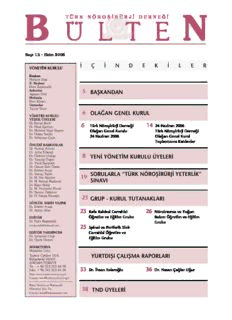
Bülten No 13 - Ekim 2006

Building to Impact: The 5D Implementation Playbook for Educators

An exact Lagrangian integral for the Newtonian gravitational field strength

Atlantida

Indian Archaeology 1978-79 A Review - Archaeological Survey of
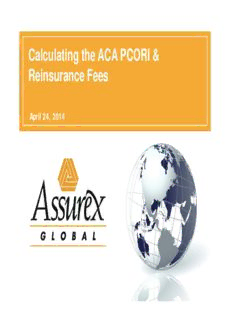
Calculating the ACA PCORI & Reinsurance Fees
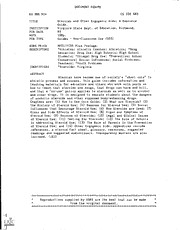
ERIC ED388924: Steroids and Other Ergogenic Aids: A Resource Guide.

Dilepton production from hot hadronic matter in nonequilibrium
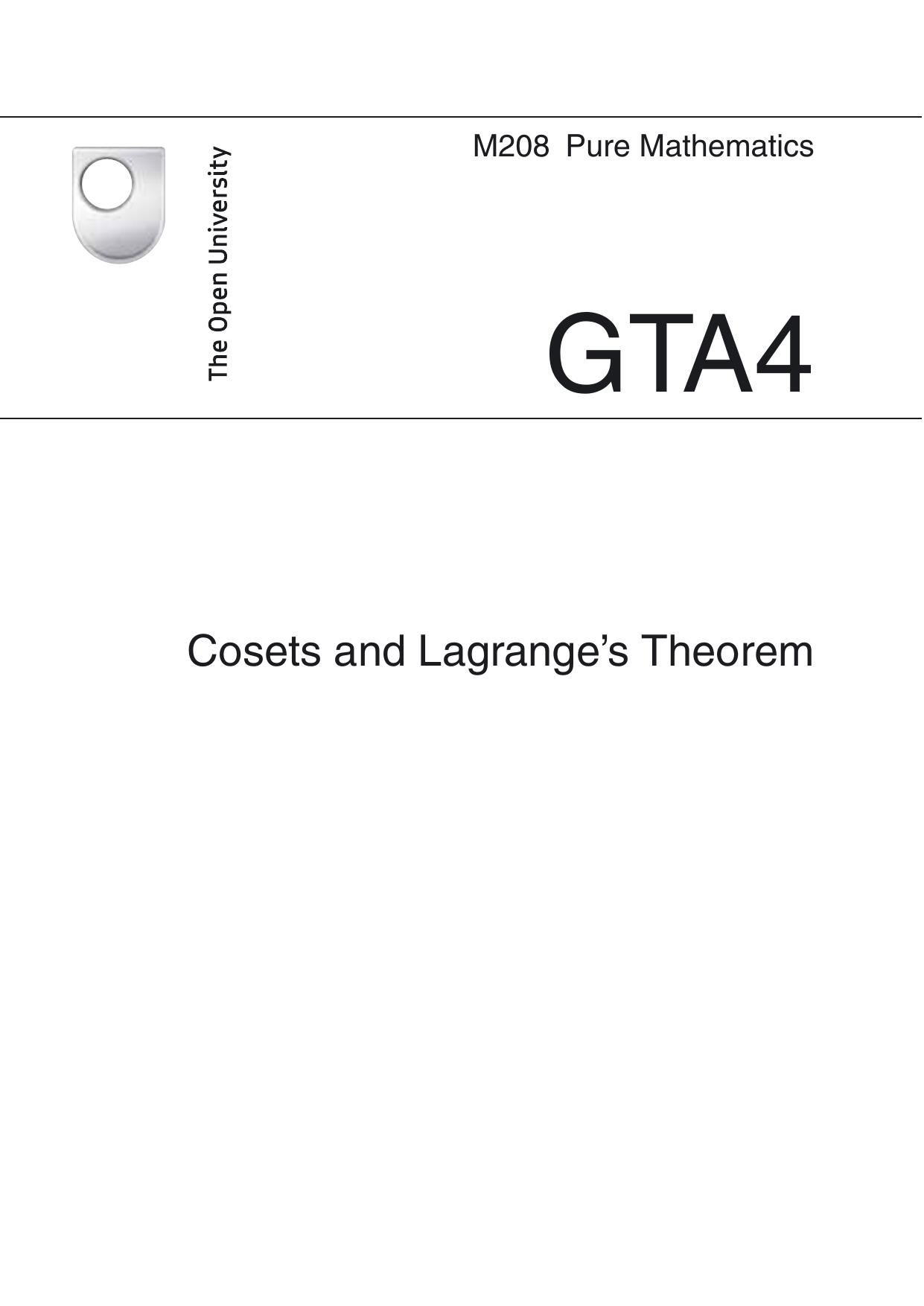
M208 Group Theory A Unit 4

ERIC ED388564: Herbert Hoover Library & Museum: A Guide to the Exhibit Galleries.

Shariah 1: Shariah Parameter Reference 1 - Murabahah
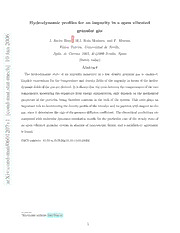
Hydrodynamic profiles for an impurity in a open vibrated granular gas
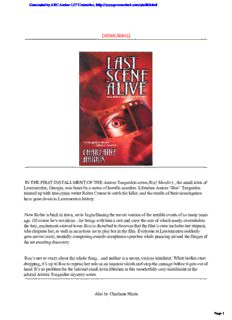
Last Scene Alive
